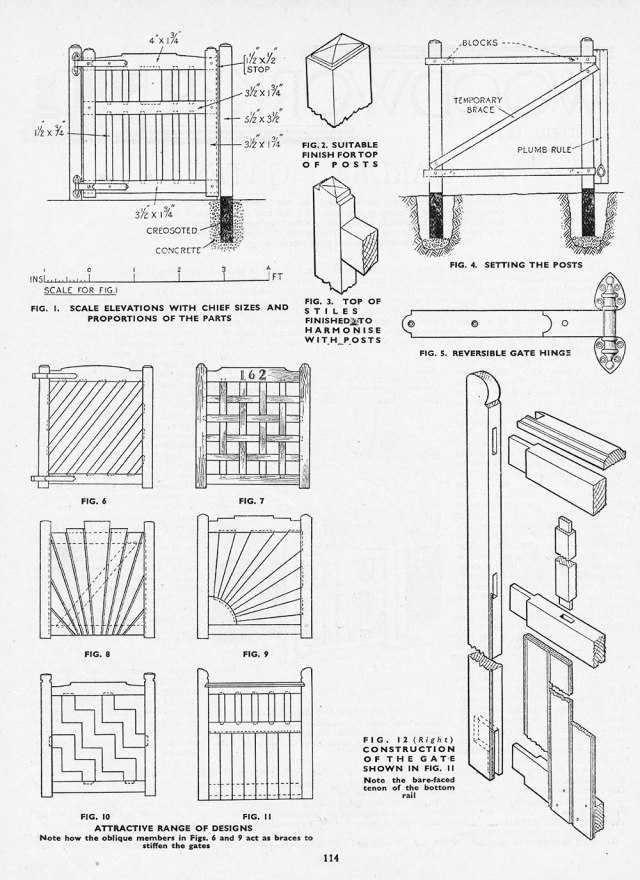
“The man nowadays who is able to do a job at his own pace is one of the fortunate ones. Then to one he’ll either be a craftsman with a small workshop of his own or a man working at a hobby. A feeling of enjoyment so much more often accompanies work that is freed from outside control, when that control takes the shape of a nagging foreman or an impatient boss. The queer thing is that when these no longer have to be encountered, our own moods and temperaments want to take charge, as variable as the weather and just about as dependable. It is then that the craftsman has to assert himself and put the mood in its place, knowing very well that it will play high jinks with his work if he isn’t careful. Once he has really started, no matter how lazy or disinclined he may have felt, the odds are that the mood will recede, the work will catch hold of him and bring an enjoyment of its own.
“The pace and the manner are the things that count. If we fling ourselves into any job with a “Let’s get it over and done with” feeling, the chances are that we shall soon be running up against snags caused by own impatience. If we take it up at an even pace, then a regular rhythm of work develops, hand and eye are co-operating in friendly unison, and if we come up against difficulties we shall be all set to tackle them. At least they will not have been created by our own frenzied desire to get on, which is at the root of the most botched work.
“The sense of haste in the modern world is infectious. We must always be wanting to rid ourselves of the work in hand so that we can start something else. It may be because already we can visualise the new things as having more perfection than the old, or because we very quickly tire of a job and want novelty. Or it may all come round to the same thing, that we do not give ourselves utterly and wholly to the work we are doing, because that means putting that little bit of extra pressure on ourselves which is necessary for work of the very best kind. It is, I believe, an almost universal shirking and it keeps us working at second-best.
“And yet the opportunity is there for every man who knows how to handle a tool. Knowledge alone is not enough, skill alone is not enough, for the perfect use of them depends on what a man can give of himself. For when all is said and done he is not a precision tool, or a robot, or a machine, nor even—by nature—a machine minder. Something he is of all these things, but he has also that gift which is so utterly his own, his restless, eternal, questing spirit, which keeps him ever searching for beauty and everlastingly trying to create it. This is the power behind his technical capacity if he learns to harness it, the power by which he can attain to the sense of balance and good judgment which are among the first requisites of beauty. The rest will vary with the man himself. This is the great glory of our personality, that each individual touch is different, so that throughout the great ages of craftsmanship the work of each worker stood out from its fellows even if it was never stamped with his name. Nowadays the individual touch is swamped in mass production. But it still lives on in the small workshop and in the home, wherever there is a woodworker to remember that tools are excellent things, but that it is a man with a tool in his hand who is the hope of the world. He will always be the one to keep his own courage alight and that of his fellows, because he will have discovered some of the things he can do and know that one life is not long enough to find them all. Always there will be for him the perfection that lies in wait just round the corner, to reach which needs every ounce of the effort he can put out. And even in his failure he may pass on to his fellows those glimpses which the world will treasure, seeing in them its dearest hope.”
— Charles Hayward, The Woodworker magazine, 1947